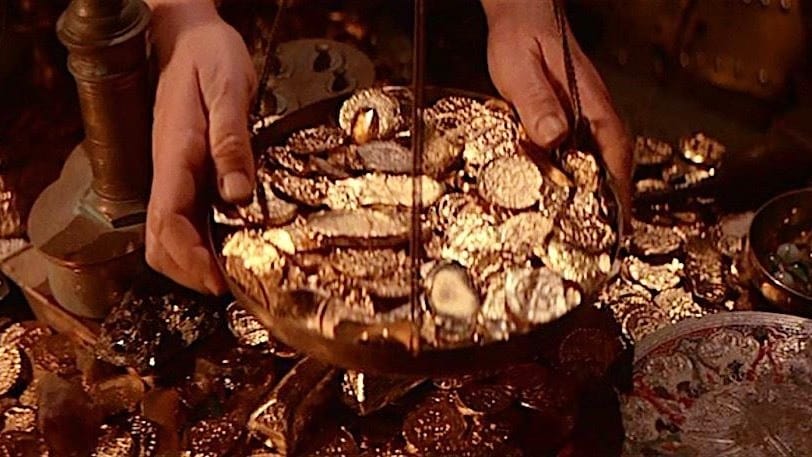Giant Treasure Map Unearthed By Archeologists

Normally, finding a treasure map etched onto a giant stone would sound like a plot point from one of the weirder Pirates of the Caribbean films. However, it wasn’t Captain Jack Sparrow that got to the bottom of this real-life mystery. As Science Alert reports, archeologists have discovered that a 4,000-year-old hunk of stone is actually a specialized map that now helps them find important archeological sites throughout northwest France.
Clement Nicolas of the CNRS research institute said that it could easily take 15 years “to survey the entire territory and cross-reference the markings on the slab.”
The stone in question is known as the Saint-Belec slab, and researchers declared this to be “Europe’s oldest map” back in 2021. The good news for researchers and archeologists alike is that this rock now serves as a treasure map pointing the way to sites they might never have otherwise discovered. The bad news is that when dealing with a millennia-old map, figuring out exactly where the map is pointing is a process that could take many years.
In fact, Clement Nicolas of the CNRS research institute said that it could easily take 15 years “to survey the entire territory and cross-reference the markings on the slab.” This is partially due to the difficulties of deciphering the ancient treasure map and partially due to just how big the survey is that researchers will need to check out. The map covers an area of 30 by 21 kilometers, and that’s simply a whole lot of ground to cover.
The work remains ongoing, with the team recently discovering more fragments of the stone slab that could help us learn much more about Bronze Age settlements as well as the history of the slab itself.
Fortunately, those involved with this project aren’t intimidated by the treasure map: instead, they are very excited because this provides a novel way of discovering new archeological sites. Traditionally, such sites are discovered when someone begins digging the foundations for a new building. As technology has advanced, it has also become common to discover ancient sites via radar and aerial photography.

We were fascinated to discover that this treasure map has its own fascinating story that began millennia ago and continues today. The stone was first uncovered way back in the year 1900, but the local historian who discovered it didn’t think the site was very valuable. The slab was rediscovered in 2014 and, with the help of experts in French history and culture, the team began to figure out the mysteries literally embedded into the rock.
A stone slab discovered by archeologists in Europe is an ancient map marking undiscovered treasures sites across France.
A big breakthrough in decoding this treasure map came when the team discovered an 80 percent match between the stone map and modern maps of the area. That may sound impressive, but it still left a lot of work for the experts who had to determine “all the geometric symbols” as well as “the legend that goes with them.”
As an example of how difficult this can be, the stone slab is covered with “tiny hollows,” and while the team has narrowed things down (the hollows may represent geological deposits, dwellings, or even burial mounds), there is still a lot of work to do.
So far, the existing work on this treasure map has already yielded some impressive results. The work remains ongoing, with the team recently discovering more fragments of the stone slab that could help us learn much more about Bronze Age settlements as well as the history of the slab itself. When the film adaptation of this crazy tale of an ancient treasure map gets inevitably greenlit by Hollywood, here’s hoping they can get Johnny Depp to once again portray a globetrotting treasure-hunter.












